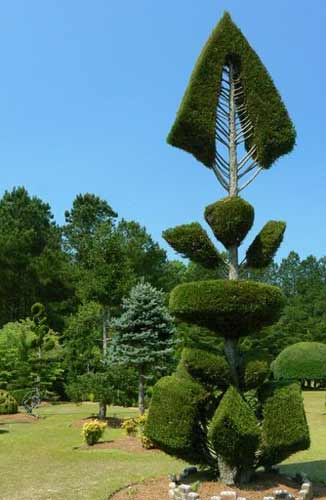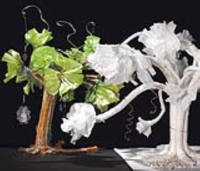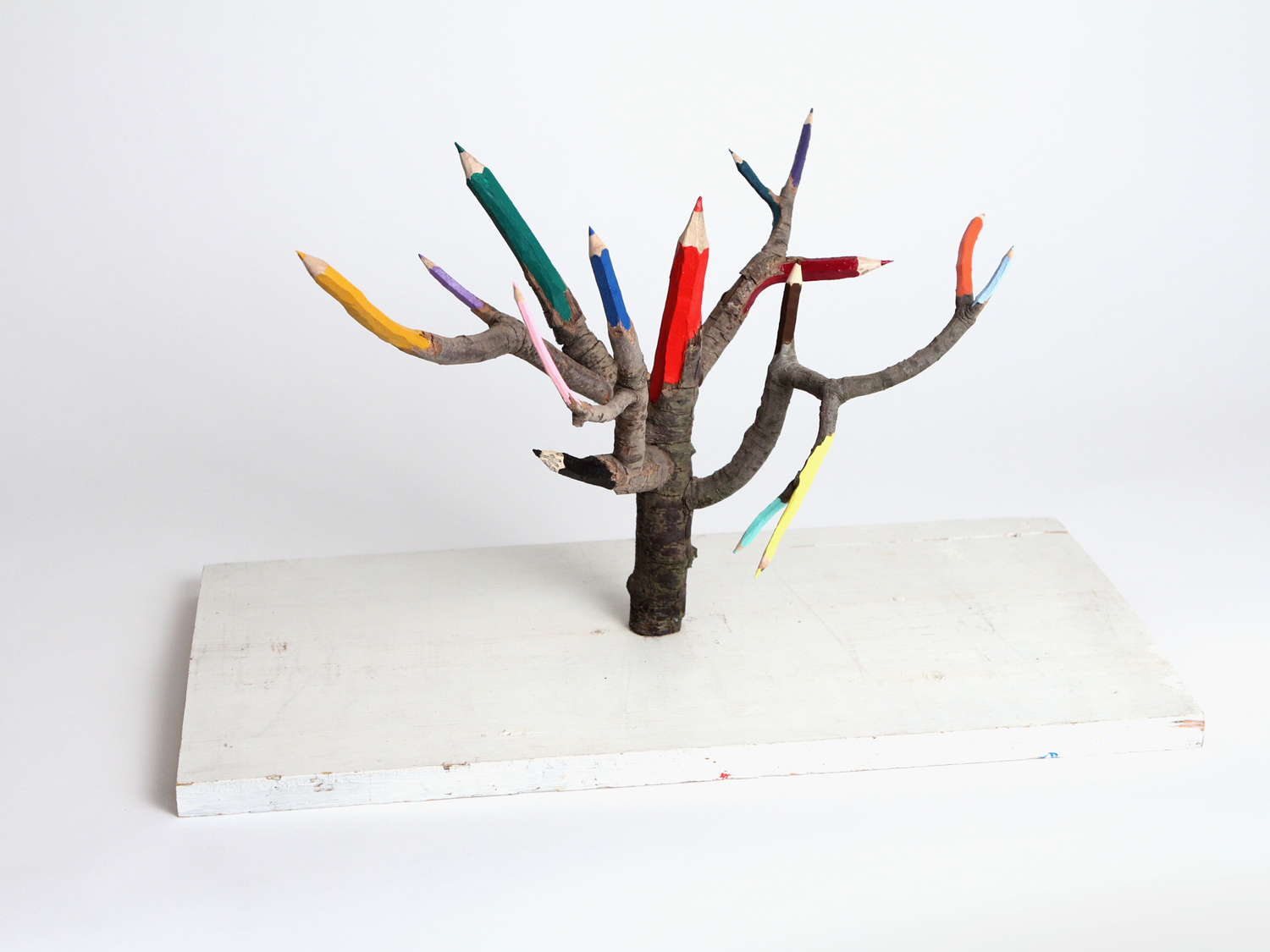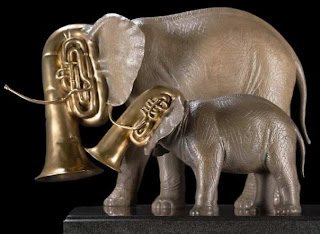Blog 17
March 23, 2016
Field trips
Pearl Fryar Topiary Garden:
Pearl Fryar moved to Bishopville in 1976. The three acres that surround his home was flat and barren. In the early 80's, he began planting and pruning trees and shrubs. After two decades of constant labor, he transformed his yard into an internationally-known topiary garden that attracts 5,000 visitors a year. The trees and shrubs are works of art. There are hand made sculptures through out the garden.
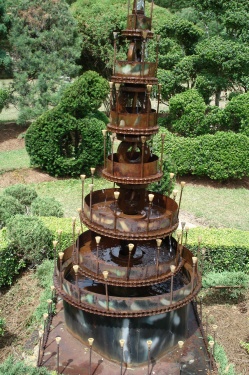
A Man Named Pearl – Documentary & Reviews
A feature-length documentary released across South Carolina in 2007, A Man Named Pearl is now taking national film festivals by storm.


Pearl Fryar is man who did not know the rules, so he didn't know what he was not suppose to do. He tried and did things that no one had tried. He pushed the limits, tied, failed and tried again, he had no real education in gardening, just desirer and wiliness to try and work. This is fundamental to art and education. Students should be able to experience the outcome of this and meet the man if still possible.

Combining this trip with a sculpture lesson and elements & principle of Three Dimensional design. Several ideas come to mind.
-A school garden
-The sprite tree (pervious blog)
-recycle/found object sculpture (contact garden to see if students can place them at the Topiary garden)
-Have students brig sketch books and sketch drawings for future paintings
-Photograph project.

While researching field trips I found one website that would I feel would be helpful for a teacher or parent who was completely lost on the on the subject: classtrips.com.
It has categories for subject matters, states, fundraiser, and lesson plans. They even break down in school activities and out of school activities. This seems like a great tool.
I myself have not used it and need to do more research on the sight. On first glance though, it seems like a good tool for information and ideas.
